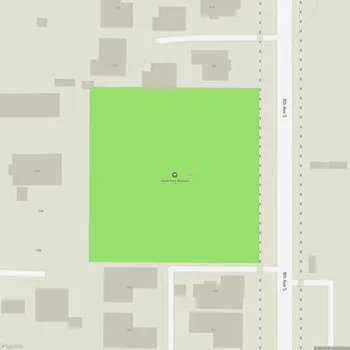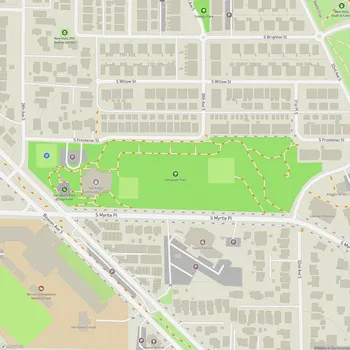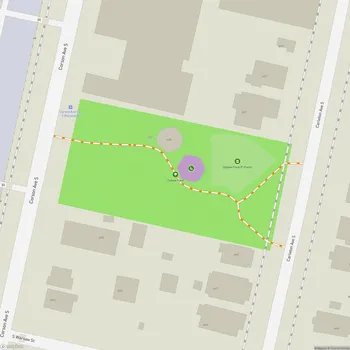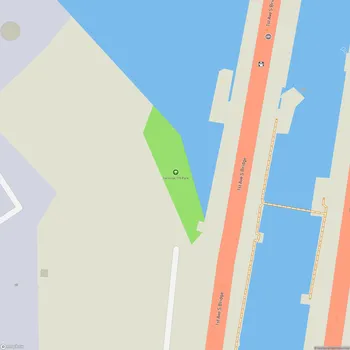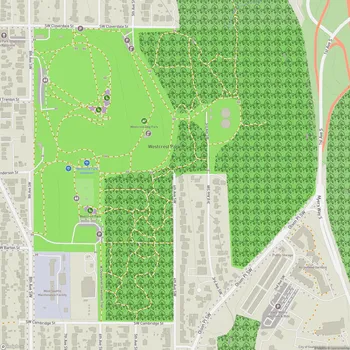Duwamish River People’s Park and Shoreline Habitat
Duwamish River People’s Park and Shoreline Habitat Map
About Duwamish River People’s Park and Shoreline Habitat in Seattle
The Duwamish River People's Park and Shoreline Habitat is a 14-acre public space located on the west bank of the Lower Duwamish Waterway in South Park, Seattle, Washington. Opened in 2022, this park represents the largest habitat restoration project along the Duwamish River in a generation.
The site has a rich history, having been transformed from a legacy industrial area with significant contamination into a vibrant ecological and community space. Formerly known as Terminal 117, the area was used for asphalt shingle manufacturing from 1937 to 1993, leaving behind contaminated soil and sediments.
In a collaborative effort involving the Port of Seattle, Duwamish Valley residents, government agencies, and Tribes, the site underwent extensive cleanup and restoration. Approximately 60,000 tons of contaminated soil and sediment were removed, and 40,000 native plants were installed to restore the natural habitat.
The park now serves multiple purposes, functioning as both a critical fish and wildlife habitat and a public shoreline access point. It contributes significantly to salmon recovery in the region, which in turn supports the endangered Southern Resident orca population. The restored area has increased critical salt-marsh habitat by 40%, providing a refuge for various species, including endangered Chinook salmon.
Duwamish River People's Park also holds cultural significance. It is located on the ancestral site of the Indigenous water-related place called ł(ə)gʷalb, referring to an abandoned or old river channel. The area is used by Tribal fishers to harvest salmon during migration seasons, honoring their Treaty Fishing Rights.
In addition to its ecological and cultural importance, the park serves as an educational resource. It functions as a learning lab for young environmentalists seeking hands-on experience in habitat restoration and marine wildlife conservation.
